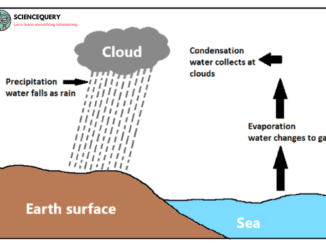
What are the different types of rainfall?
Introduction Weather is consist of air temperature, pressure, humidity, precipitation, and wind conditions of a region. Rainfall is a very important component of weather. There […]

Introduction Weather is consist of air temperature, pressure, humidity, precipitation, and wind conditions of a region. Rainfall is a very important component of weather. There […]
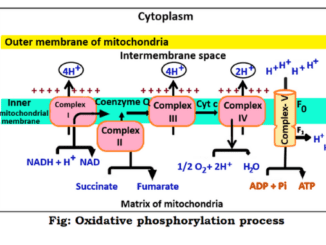
Introduction Oxidative phosphorylation is the production of ATP by chemiosmosis. It is the terminal oxidation of aerobic respiration. During the respiration process, food is oxidized […]
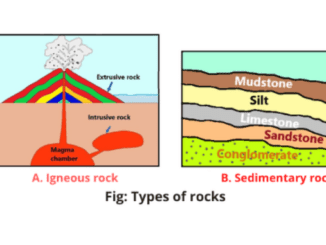
Introduction The materials of the crust or lithosphere are known as rocks. Rock is a combination of naturally occurring solids or minerals. The rocks are […]

Introduction Geomorphic process is a process that describes how different landforms on earth are formed. It changes the configuration of the earth’s surface, which is […]

Introduction Exogenic processes are geomorphic processes. Changes in landforms through physical and chemical methods are called geomorphic processes. Different landforms have been created through this […]
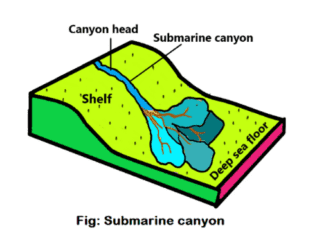
Introduction Various geo-natural variations like hills, mountains, plateaus, etc. can be observed on the land. Similarly, in the study of oceanography, it is known that […]
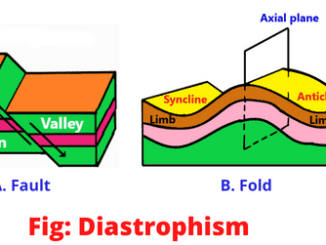
Introduction Diastrophism is a geomorphological process. Although the crust is stable under the influence of internal forces, some place of the crust is always being […]
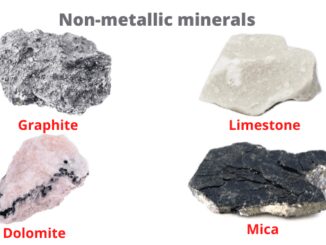
Introduction Minerals are inorganic elements that are naturally occurring. They have a specific internal structure and chemical composition. That is they are are having their […]
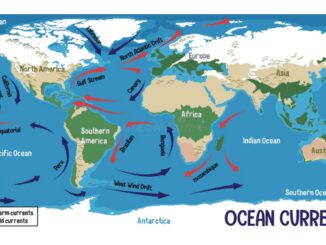
Introduction The specific and regular flow of ocean water is called ocean current. Are named after the direction in which they flow or the country […]
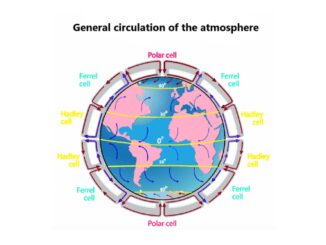
Introduction General circulation of the atmosphere refers to the shifting or movement of air across a large area. It is the distribution of heat on […]
Copyright © 2025 | WordPress Theme by MH Themes